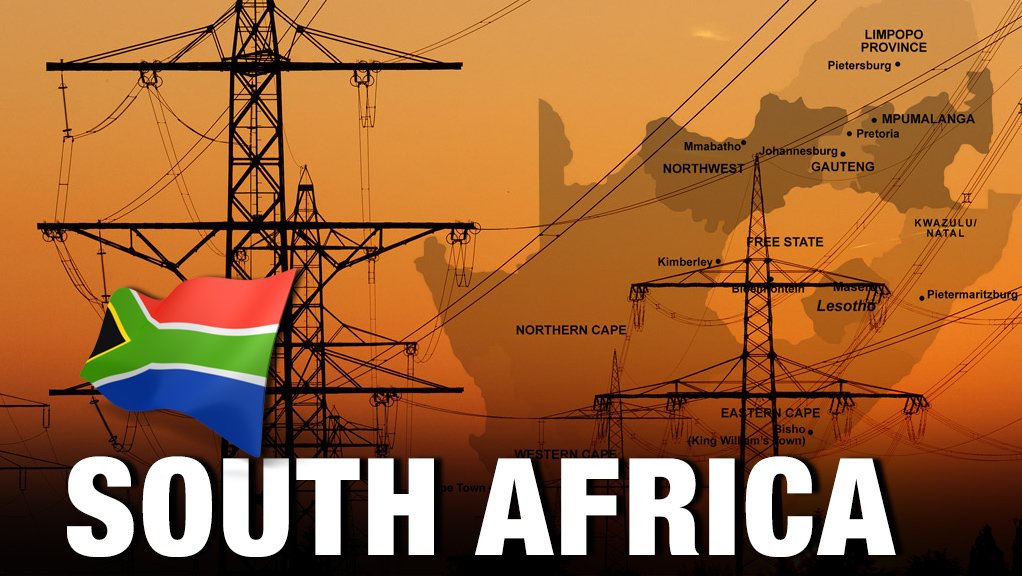The South African government on Monday committed to redoubling efforts to deal with the challenges identified by ratings agency Standard and Poor’s (S&P’s) after the nation’s credit rating was held steady last week.
S&P’s on Friday affirmed South Africa’s long- and short-term foreign and local currency Issuer Default Ratings at ‘BBB-/A-3’ and ‘BBB+/A-2’ respectively with a stable outlook on the back of a more optimistic view of the country’s performance.
The ratings agency noted a slight improvement in expected gross domestic product (GDP) growth from 2015 to 2018, with domestic consumption, rising net exports and an increase in electricity generation capacity forecast to accelerate growth to an average of 2.7% a year from 2016 to 2018.
However, in 2015, real GDP growth would remain limited to 2.1% mainly owing to electricity supply shortages.
The National Treasury on Monday explained that efforts to resolve the challenges were well under way.
“[State-owned] Eskom will be capitalised in a deficit neutral manner as per plan; independent power producers are delivering close to 2 000 MW of electricity and more have been contracted [to] take [this] contribution to around 5 000 MW when construction of the plants is completed,” the Treasury said in a statement.
S&P’s noted that the power utility currently used around R150-billion of government’s R350-billion – about 8% of GDP – of potential guarantees.
“Eskom's operating margins have been hurt by low tariffs over many years, although the regulator recently permitted a 13% hike. Eskom's funding needs might affect our contingent liability estimate in the future,” the agency said, adding that further planned electricity price hikes could help Eskom's finances and mitigate risks.
However, persistent electricity shortages would jeopardise any possible recovery and potentially result in the agency lowering South Africa’s ratings in future.
Any weakening in South Africa's business and investment climate, an escalation of labour disputes, a significant weakening of GDP growth or an increase in political tensions could also put the ratings at risk, despite S&P’s acknowledgement that the country had several strengths, including broad political and institutional stability, policy continuity and fiscal prudence.
South Africa remained open to potential downgrades, with local currency ratings potentially taking a two-notch beating should the government's fiscal policy flexibility decrease, particularly if public sector wages, fiscal expenditures or debt-service costs increase more than S&P’s currently expected.
S&P’s warned that it could also lower the ratings if external imbalances increased or if funding for South Africa's current account or fiscal deficits became less readily available.
However, the ratings could be raised if fiscal debt looked likely to rise materially slower than current expectations and if GDP growth accelerated beyond S&P’s forecasts.
Meanwhile, South Africa’s implementation of the National Development Plan was “getting embedded in the way government works”, the Treasury said, noting that: “It started with a granular plan on the ocean economy and is being extended to agriculture and other areas of delivery.”
Further, the government aimed to leverage cities as “engines of growth and development” with “all players”, including development finance institutions, private banks and the Department of Cooperative Governance and Traditional Affairs, besides others, driving a development agenda that would see cities taking “centre stage” in the medium to long term.
EMAIL THIS ARTICLE SAVE THIS ARTICLE
To subscribe email subscriptions@creamermedia.co.za or click here
To advertise email advertising@creamermedia.co.za or click here











